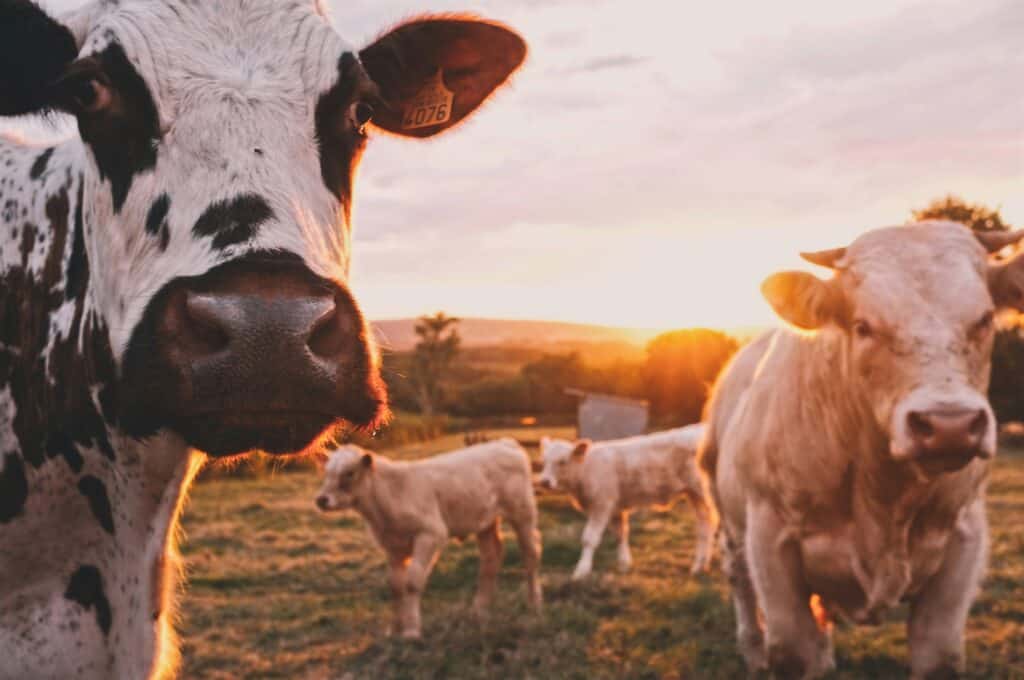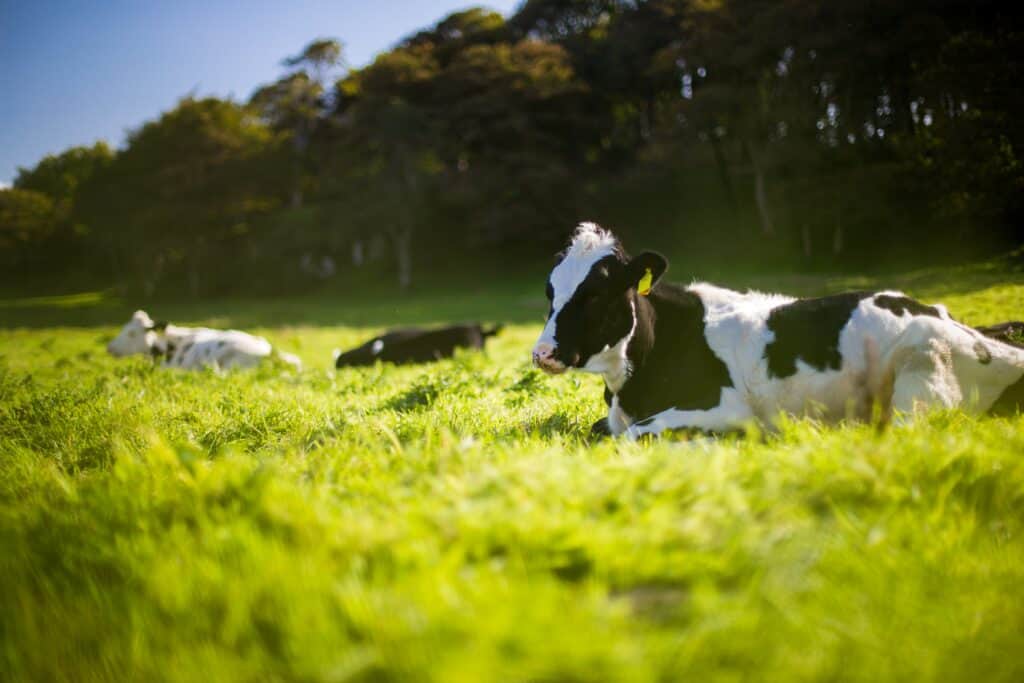There is a significant change happening in the way we eat meat. Sustainable meat is becoming increasingly popular as people become more conscientious of the impact their food choices have on the environment. In this blog post, we will discuss what it is, why it’s important, and how you can make the switch.
What Is Sustainable Meat?
Sustainable meat is a type of meat that is produced in an environmentally sustainable way. It is produced using methods that have a low impact on the environment, such as grass-fed beef or pasture-raised chicken. It is also typically certified by an independent organization, such as the Global Animal Partnership. The demand has grown in recent years as consumers become more aware of the environmental impact of their food choices. It is often more expensive than conventional meat, but many consumers are willing to pay premium prices for meat that has been produced sustainably.
Trends in eating habits
“Consumers are demanding more than ever before from the food industry, and sustainability has become a major priority. In 2019, the sustainable meat category grew by 58 per cent and was valued at £56MM,” said Kate Vlietstra, Trend Insight Manager at Kantar, a data research firm. “With a growing number of consumers looking for sustainably sourced meat, foodservice providers who are able to meet this demand are likely to reap the benefits.” Vlietstra also highlighted the opportunity for foodservice providers to capitalise on the growing vegan trend. “Although demand for vegan food is not new, it’s a trend that is now resonating with a much wider audience. A growing number of consumers are choosing to eat at least one meat-free meal a week, making it essential that foodservice providers offer vegan-friendly options.”
Sustainable Meat Production System
Sustainable meat is produced using sustainable agriculture practices that protect the environment, public health, human communities, and animal welfare. Production systems can be either grass-fed or grain-fed.
1. Grass-fed Sustainable Meat Production
This relies on grazing animals in pasturelands. This type is often considered to be more environmentally friendly than grain-fed, as it requires less energy and water to produce. In addition, grass-fed has a higher nutritional content than grain-fed.
2. Grain-fed Sustainable Meat Production
On the other hand, grain-fed relies on feeding animals a diet of grains, rather than grazing them on pasturelands. Grain-fed is typically considered to be less environmentally friendly than grass-fed. However, grain-fed can be more affordably produced than grass-fed.
Ultimately, grass-fed and grain-fed meats benefit the environment, public health, human communities, and animal welfare. When making decisions about which type to purchase, it is essential to consider your own needs and preferences.

Why Is Sustainable Meat Important?
1. Production Methods Help To Preserve Our Natural Resources
Sustainable meat production methods help to preserve our natural resources since their practices help to ensure that our food production does not negatively impact the environment. These practices include things like rotational grazing, which helps to keep grasslands healthy and productive; using land that is unsuitable for crop production to graze animals; and using by-products of the human food system, such as waste grain, to feed livestock. It also practices helps to reduce our reliance on fossil fuels, conserve water resources, and promote soil health.
2. Production Is Better For Animal Welfare
It is the practice of raising animals in a way that does not damage the environment or lead to the suffering of the animals. This includes providing the animals with a natural diet, plenty of space to roam, and access to fresh air and water. Its production also means using humane slaughter practices that minimize the stress and suffering of the animals. It is also more humane and sustainable than industrial meat production.
3. Its Meat Tastes Better
Sustainable meat tastes better for several reasons. First, sustainable farms tend to be smaller and more humane, which results in higher-quality meat. Second, sustainable farmers use traditional breeding methods to produce healthier animals, which leads to more flavorful meat. Third, sustainable farms focus on pasture-based management, which allows the animals to roam freely and eat a natural diet that results in tastier meat. Finally, sustainable farms use sustainable practices to produce their meat, which results in a cleaner flavor. Overall, it tastes better because it is produced using higher-quality methods, resulting in healthier, more flavorful meat.

Steps On How To Make The Switch
Making the switch doesn’t have to be difficult! Here are a few simple steps to get you started:
1. Research Options In Your Area
The first step in switching is to research options in your area. You can start by looking for sustainable farms near you or searching online. Once you’ve found a few options, take some time to read about their practices and make sure they fit with your values.
Finding sustainable meat can be difficult, but there are a few things that you can look for to make sure that the meat you are buying is raised responsibly. One thing you can look for is certification from a third-party organization, such as the Animal Welfare Approved program. You can also visit the website of a reputable organization like the Environmental Working Group or Consumer Reports, which provide ratings and reviews of different brands of meat.
You can also look for labels that say the meat is responsibly raised, free-range, pasture-raised, or humanely raised. Finally, you can ask your butcher or grocery store manager where they get their meat and what standards the meat is raised to.
2. Once You’ve Found An Option That You’re Interested In
Once you find a provider you trust, ask them questions about their raising and slaughtering practices to make sure you’re comfortable with them. If you have concerns about the welfare of the animals, you can also ask to see the slaughterhouse or farm where the meat comes from.
There are many sustainable meat options available today, and each has its unique flavor and texture. You might want to cook a meal with a recipe you already use as a way to compare.
3. Next Is To Start Slowly Incorporating It Into Your Diet
Begin by replacing one or two meals per week with dishes. Eating this is not only good for the environment, but it’s also good for your health. Sustainable meat is lower in saturated fat and calories than traditional meat, and it’s also higher in omega-3 fatty acids, which are good for your heart. It is also a good source of protein, iron, and other essential nutrients are given how healthy the meat is.
Providers of sustainable meat typically charge more for their products than conventional meat producers. Eating less meat overall is one way to reduce the cost of sustainable meat. Another way is to choose cheaper cuts of meat, such as ground beef, chicken thighs, or pork shoulder.
You can also save money by cooking meat at home rather than eating out.
4. Finally, Make Sure To Stay Informed About The Industry
You can read articles, attend events, and talk to other eaters to learn more about this exciting movement! One great way to stay up-to-date on the latest news and developments in the industry is to follow some of the leading companies on social media. Facebook and Twitter are great platforms for keeping up with what’s new in the world of sustainable meat. You can also sign up for newsletters from some of the top companies. This is a great way to get all the latest news delivered straight to your inbox.
Conclusion
Eating sustainable meat is a great way to help the environment and improve your health. It helps preserve our natural resources and better animal welfare, and also it is also delicious, so it’s a win-win! If you’re interested in making the switch, use the steps on how to make the switch above to get started. And, don’t forget to stay informed about the latest news and developments in the industry.
